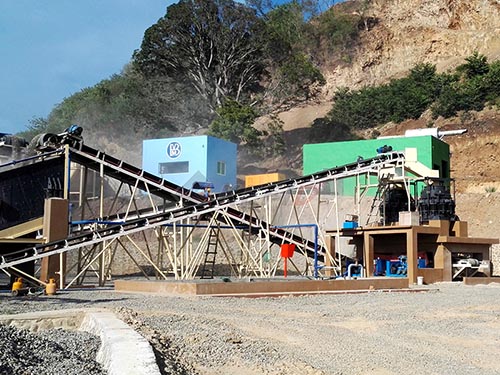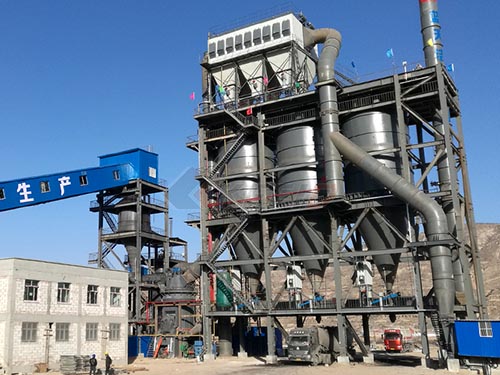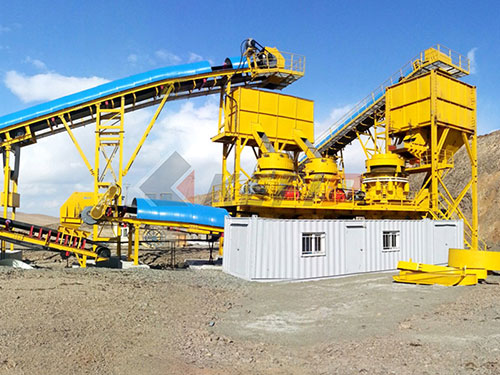Demystifying Impact Crushers: Working Principles & Pricing Dynamics in the Argentine Market

Impact crushers stand as pivotal workhorses within the global aggregates production and mining industries, renowned for their versatility and high reduction ratios. In resource-rich nations like Argentina – endowed with significant mineral deposits and a burgeoning construction sector – these machines play an increasingly critical role in processing materials efficiently and cost-effectively. Understanding their fundamental operating principles and the specific factors influencing their price within the Argentine context is essential for informed procurement decisions.
I. Core Working Principle: Harnessing Kinetic Energy
Unlike compression crushers (like jaw or cone crushers) that rely primarily on squeezing rock between surfaces until it breaks due to compressive stress, impact crushers utilize a fundamentally different mechanism:
1. Acceleration: The heart of an impact crusher is a high-speed rotor assembly equipped with rigidly attached hammers/blow bars.
2. Feeding: Raw feed material enters the crushing chamber.
3. Impact: As the rotor spins at high velocity (typically ranging from 500 RPM for larger units up to over 1000 RPM for smaller ones), the hammers/blow bars strike the incoming feed material violently.
4. Kinetic Energy Transfer: This collision transfers immense kinetic energy from the rotor/hammer into individual particles of feed material.
5. Fragmentation: The sudden energy transfer induces severe internal stress within each particle far exceeding its natural strength limits.
6. Cleavage & Shattering: Consequently, particles fracture along natural cleavage planes or shatter completely upon impact against either:
Fixed Impact Surfaces: Stationary breaker plates/anvils strategically positioned around part of the rotor circumference; or
Other Particles: Through inter-particle collisions occurring within the turbulent environment inside the crushing chamber (“rock-on-rock” crushing principle).
7. Progressive Reduction & Shaping: Material rebounds off these surfaces back into the path of hammers or collides with other incoming feed particles repeatedly until it becomes small enough to pass through openings defined by:
Adjustable Gap Settings: The distance between rotor tips/external hammers and breaker plates/anvils can often be adjusted hydraulically or mechanically.
Screen/Grate Bars (in Horizontal Shaft Impactors – HSI): A curtain of grate bars beneath/around part of the rotor controls final product size; material impacts repeatedly until small enough to escape through gaps between grates.

8.

Leave a Reply